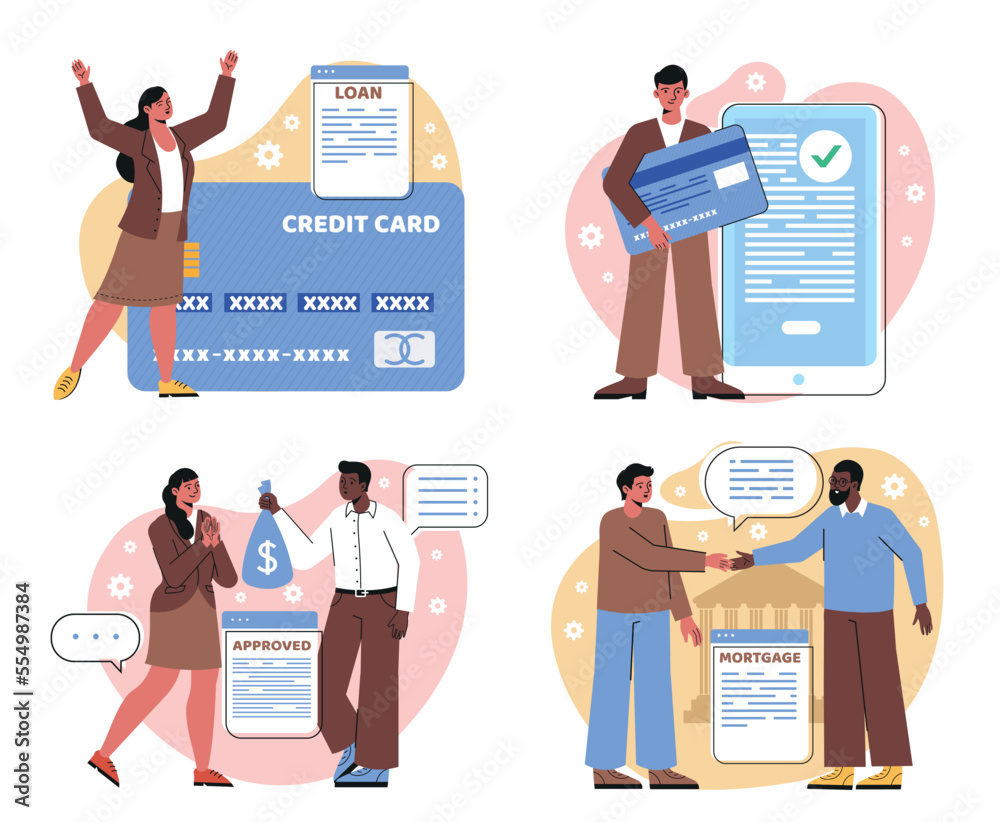Adobe Stock is a fantastic resource for creatives, offering millions of high-quality images, videos, and templates that can elevate your projects. Whether you're designing a poster, creating a website, or producing a video, Adobe Stock has something for everyone. But there’s a little nuance when it comes to using these assets—especially when it concerns enhanced licenses. By the end of this section, you’ll understand what an enhanced license is and how it can benefit you in your creative journey.
Now, let's break it down: an *enhanced license allows you to use Adobe Stock graphics for a broader range of applications than the standard license. This means you can utilize images for things like merchandise or promotional items without worrying about additional fees or restrictions. Think of it like choosing between a basic plan and a premium plan in a subscription service—the enhanced license just gives you more freedom and flexibility.
In a nutshell, here are a few key points about Adobe Stock and enhanced licenses:
- Wide Selection: Access to millions of premium assets.
- Flexibility: Use images across various platforms and mediums.
- Enhanced License Benefits: More usage rights, especially for commercial projects.
Understanding your licensing options not only safeguards your work but also maximizes the impact of your visuals. So, let’s dive deeper into what copyright and licensing truly mean to ensure you’re making the most informed choices.
Understanding Copyright and Licensing
Copyright can feel like a complex web, but it's essentially designed to protect the creative rights of artists and content creators. When you purchase or download graphics, understanding how copyright works will be crucial for ensuring you respect the rights of the original creators while fully utilizing the assets you've chosen. So, let's unravel this tangled web!
Copyright grants the creator of an original work exclusive rights to that work, including the right to reproduce, distribute, and display their creations. Here's what you need to know:
- Ownership: The creator or copyright holder holds the rights unless they release it under a specific license.
- Duration: Copyright usually lasts for the life of the creator plus a certain number of years, often 70.
- Exceptions: Fair Use* allows limited use without permission under certain circumstances—like commentary, criticism, or parody.
Now, let's talk about licensing. Licensing is the way in which copyright owners allow others to use their work under specific terms. This is where things can get a bit tricky, especially with different types of licenses available:
| Type of License | Description |
|---|---|
| Standard License | Allows for limited use, mainly for digital use, with restrictions on print runs and merchandise. |
| Enhanced License | Offers broader usage rights, including the ability to use the asset for merchandise, resale, and in products. |
By understanding these concepts of copyright and licensing, you empower yourself to make wise decisions when choosing and using Adobe Stock graphics. Remember, respecting these rules not only protects you legally but also honors the hard work of the creators who contribute to the rich world of visual content!
Also Read This: Locking Images in PowerPoint for Better Control
Steps to Credit Enhanced License Adobe Stock Graphics
Crediting Enhanced License Adobe Stock Graphics is essential for maintaining legal and ethical standards, as well as respecting the work of talented creators. Here's a simple guide to help you through the process:
- Access Your Adobe Stock Account: Start by logging into your Adobe Stock account. You need to have an Enhanced License for the graphics you wish to use.
- Locate the Graphic: Navigate to the graphic you’ve downloaded with an Enhanced License. This can typically be found in your downloads or purchase history.
- Check Licensing Information: Click on the graphic and check the licensing agreement. Adobe Stock provides specific attribution requirements depending on the license type—so make sure to read these closely.
- Writing the Attribution: Prepare the attribution text. A common format includes the name of the creator, title of the graphic, and a link back to the original source. For example: “Graphic by [Creator Name] from Adobe Stock.”
- Placement of Attribution: Decide where to place your credit. It’s usually best to add it near the graphic or at the bottom of your content to ensure visibility.
- Hyperlinking: If the platform allows it, hyperlink the creator's name or the title of the graphic back to their Adobe Stock page. This not only gives proper credit but also encourages traffic to their profile.
- Review Before Publishing: Lastly, double-check your content before hitting publish to ensure that the credit is accurate and prominently displayed.
Also Read This: Saving Images from Google Slides in Just a Few Clicks
Best Practices for Attribution
When it comes to attributing Adobe Stock graphics, following certain best practices can really enhance the clarity and professionalism of your work. Here are some guidelines to keep in mind:
- Be Consistent: Ensure that you attribute all graphics consistently across your project. This not only reflects professionalism but also makes your work look more polished.
- Follow Platform Guidelines: Each platform may have different requirements for attribution. Whether it’s a blog, social media, or a printed piece, make sure to adapt your credits accordingly.
- Use Clear Language: Your attribution should be easy to read and comprehend. Avoid jargon, and keep the phrasing simple and straightforward.
- Include the Correct Details: Make sure to include all required details, such as the creator's name, the title of the work, and any additional information specified in the licensing agreement.
- Encourage Audience Feedback: Ask your readers how they feel about crediting graphic designers. This opens a dialogue about appreciation for creative work and encourages others to be mindful in their own projects.
- Consider Visual Hierarchy: Ensure that your attribution does not detract from the graphic itself. Consider using a smaller font or placing it in a less busy area to keep the focus on the graphic.
By following these best practices, you can foster respect for the creators while enhancing the integrity and professionalism of your own content!
Also Read This: What Is a Standard Asset on Adobe Stock?
Common Mistakes to Avoid
When it comes to using Adobe Stock graphics with a credit enhanced license, there are some common pitfalls that you should be aware of to ensure a smooth and compliant experience. Here are the top mistakes to avoid:
- Neglecting License Details: Always take the time to read the specifics of the license agreement. Many users skip this step and end up misusing graphics or inadvertently straying from the allowed uses.
- Forgetting to Provide Proper Credit: If your project requires crediting the creator, make sure you include this information! Missing credits can lead to conflicts, especially if you're using the graphics for commercial purposes.
- Ignoring Expiration Dates: Some credits or licenses have time limits. Keep track of any expiration dates to avoid using outdated materials.
- Using Graphics in Unapproved Contexts: Check if your intended use aligns with the license. For instance, using stock images in sensitive advertising materials may violate the agreement.
- Reusing Graphics Without Additional Licenses: Just because you purchased a graphic once doesn’t mean you can reuse it indefinitely—ensure you check the terms for reuse.
Being aware of these common mistakes can save you time, money, and potential legal issues down the road. So, take a moment to reflect on your practices and avoid these traps!
Conclusion and Final Thoughts
As we wrap up our discussion on credit enhanced licenses for Adobe Stock graphics, it’s clear that understanding how to correctly use and credit these images is crucial for any creative project. Not only does correct usage respect the creators' rights, but it also protects you from potential copyright issues.
When using Adobe Stock, remember to:
- Carefully read the license agreements.
- Provide proper credit when required.
- Be aware of expiration dates and allowed contexts for use.
By adhering to these guidelines, you can leverage the fantastic resources available through Adobe Stock while fostering a respectful and ethical creative community.
So whether you're a seasoned designer or just starting out, remember: take care of the details, and you’ll unlock a wealth of opportunity with your visual projects. Happy creating!

 admin
admin








